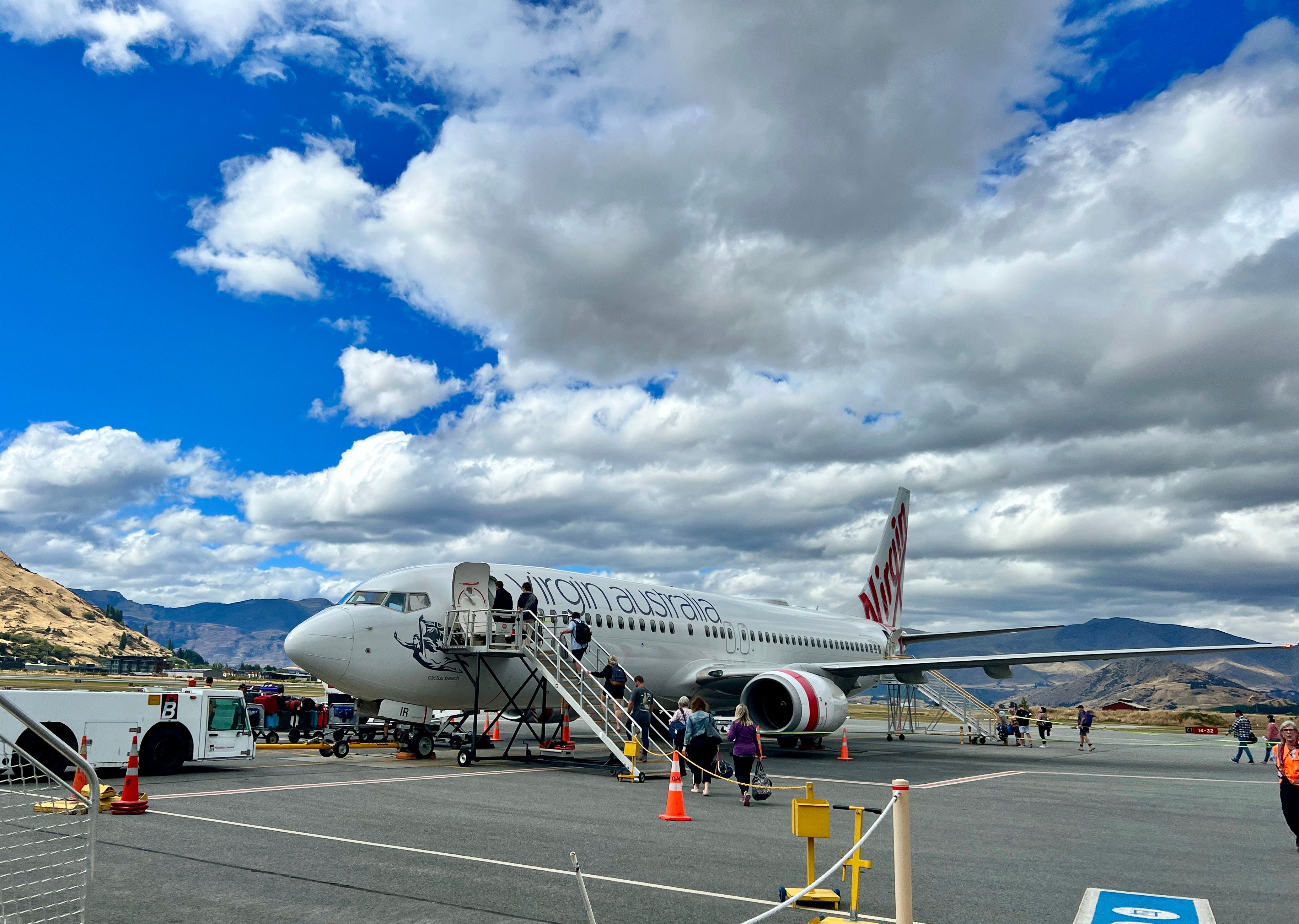Summary
- Queenstown Airport in New Zealand was evacuated and shut down due to the discovering of a suspicious object that appeared to be an explosive device.
- The New Zealand Defence Force Explosive Ordnance Disposal Squadron was called to evaluate the threat and determined that the reported items posed no danger.
- The incident caused disruption to 25 flights, but the airport has since reopened, and airlines are working to clear the backlog of stranded passengers.
One of the busiest airports in New Zealand was evacuated on Friday morning after airport security found a suspicious object that showed telltale markings of an explosive device. Queenstown Airport, the gateway to the lower South Island of New Zealand, remained shut until early afternoon when an explosives team from Christchurch could come to evaluate the threat.
What happened?
Police were called to Queenstown Airport on Friday morning after receiving a report of what appeared to be an explosive device discovered by airport security during a routine baggage screening. Airport authorities evacuated the airport terminal as a safety precaution, and passengers were initially directed to a staff parking lot while the incident was being investigated. Local police advised members of the public to stay away from the airport, located on the shores of Lake Wakatipu and framed by New Zealand’s Southern Alps until the situation could be stabilized.
The New Zealand Defence Force Explosive Ordnance Disposal Squadron was called and flew in from Christchurch, roughly 300 miles away, to respond to the situation.
Photo: Jonathan E. Hendry | Simple Flying
Passengers were then taken to the Queenstown Events Centre to wait out the disruption. An airport spokesperson confirmed that food, water, and “activities” were provided for the stranded passengers while they awaited further information.
What caused it?
The NZDF Explosive Ordnance Disposal arrived on site to respond to the situation in the early afternoon. Following a comprehensive risk assessment and controlled baggage investigation, experts from the bomb squad deemed the reported items to pose no threat. The scene was declared safe, the police cordon was lifted, and the airport reopened at 15:00 the same day.
The suspicious device has since been confirmed to be an electric ski boot-warming device. Queenstown Airport’s Chief Executive Officer Glen Sowry told Checkpoint that airport security had every reason to worry about an x-ray image and did the right thing by escalating it to the NZ Defence Force:
“When you’re looking at an x-ray image and that’s sitting alongside other dense material, and alongside a computer with printed circuitry and the like, the imagery raised significant concern for the aviation security folk.”
Photo: Jonathan E. Hendry | Simple Flying
Following the airport’s reopening, passengers were encouraged to check flight rebooking status directly with the airlines and collect their baggage. All vehicles in the airport parking lots were also allowed to leave free of charge for the rest of the afternoon.
What was the impact?
An airport spokesperson confirmed to Simple Flying that 25 flights were disrupted or canceled due to the incident. The airport serves as the gateway to the lower South Island, serves domestic destinations across New Zealand, and provides direct connections to several key cities in Australia. Airlines are now adding extra flight rotations to clear the backlog of stranded passengers.
Queenstown is often called the “Adventure capital of the world” due to its range of outdoor activities, from bungee jumping to jet boat rides and skiing in The Remarkables mountains. Located just outside the town in nearby Frankton, Queenstown Airport is also New Zealand’s busiest helicopter base.
Source: RNZ



